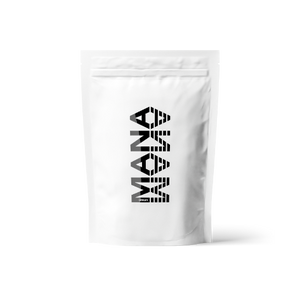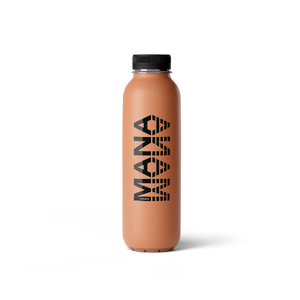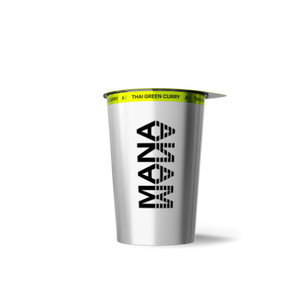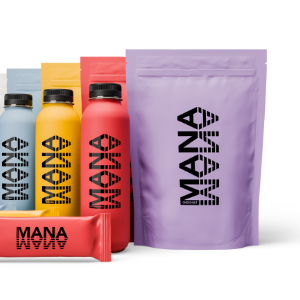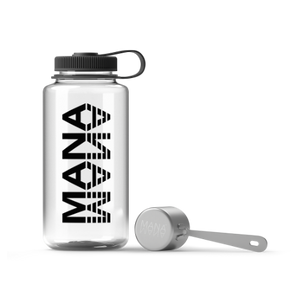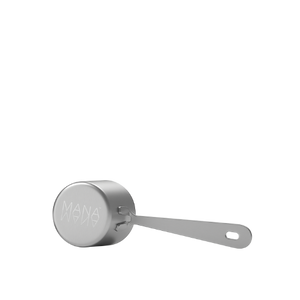
MANA is again one step ahead. After months of work, we have finally finished our first clinical study and would like to share the results with you. When we founded this company in 2014, we never imagined that we would be able to conduct such complicated and high-quality clinical testing for our product. In fact, similar clinical studies are usually created for pharmaceuticals rather than food products.
Laboratory analysis is not a new concept in our company. Marek Humpl, our main technologist, is vastly expert in the field of applied chemistry, and has logged thousands of hours in labs. Thanks to him, lab analysis of essential ingredients is a fundamental aspect of our product development, and can help us reveal exactly what we are eating. We want to share this information with you.
We try to beat current standards in everything we do.
Though lab analysis has brought us new information about the composition of our product, we are even more interested in its influence on our bodies. This is the core concern of our company. When we first became interested in clinical studies, we encountered many surprises. Understanding how they worked in the pharmaceutical and food industries was not as easy as we anticipated. We needed ours to be relevant and to produce undeniable results, but how?
The answer was a partner who could provide absolute technological and professional support, and simultaneously guarantee us that the study would be more than just a stamp and signature.
That partner was Dr. Jan Gojda, a leading expert in the field of clinical physiology from the Center for Research on Diabetes, Metabolism and Nutrition, 2nd Internal Clinic of the Královské Vinohrady University Hospital and 3rd Medical Faculty of Charles University.
He was just as passionate about his mission as we were about ours, and after hours of discussion, we decided to launch our first clinical study on the glycemic and insulin indices of Mana. In general, the food industry only tests glycemic index, but we wanted to test Mana's insulin index additionally in order to identify its suitability for diabetics. Click the link below to see the results:
Glycemic and insulin indices of MANA
We're already working on our next clinical study, so stay tuned! 🙂
The Mana Team
The glycaemic index (GI) indicates the speed at which the carbohydrates contained in the tested food are absorbed in comparison with glucose, in layman's terms how “fast” the carbohydrates are. It has been repeatedly demonstrated that foods with high GI are linked with the advance of obesity. By contrast, interventions which reduce GI in diet by changing the choice of foodstuffs lead to an improvement in metabolic condition and to slimming (Juanola-Falgarona et al. 2014; McMillan-Price and Brand-Miller 2006).
The insulinemic index (II) indicates the extent to which the given food increases the release of insulin in comparison with glucose or a referential food. It is known that glucose is a significant stimulus for the release of insulin, but it is known that protein-rich foods, despite the fact that they do not increase glycaemia following consumption, also support the release of insulin. This phenomenon is evidently linked to the need for anabolic signalling by insulin for the formation of complex macro-compounds from the ingested proteins. By contrast with GI, there are few population studies which compare the relationship of the II to the maintenance or increase of body weight and the risk of advance of obesity or diabetes. Isolated studies have been conducted which associate the intake of foods with a high II with the risk of advance of diabetes (Mirmiran et al. 2015). However, to date it is not possible to state with certainty the impact of a diet with an isolated high II.
